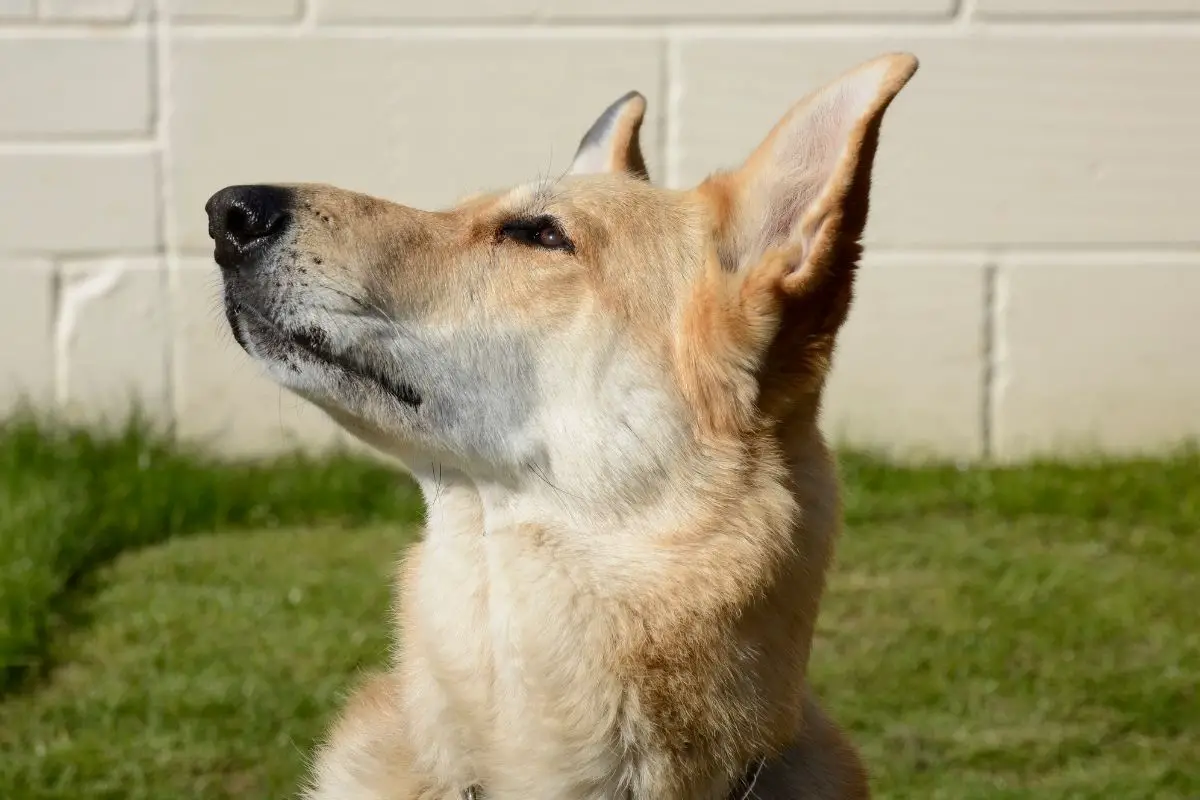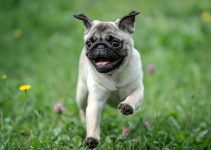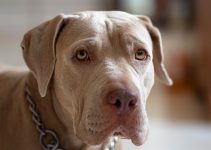When it comes to dogs, none are more loving and desirable than the German shepherd.
The thing is, German shepherds are normally a much darker color like dark golden or even black. The blonde German shepherd is something of a rarity when it comes to this.
Despite their differences though, these German shepherds still share the same characteristics and nature as their other coated cousins though!
These facts and everything else blonde German shepherd related will be given in this guide.
So, settle in with your pup and read on for more!
Contents
Are They Really Blonde?
When German shepherds are puppies, their coats tend to be a lighter color, and they develop into darker coat colors as they get older.
It’s not often that you will see a German shepherd with a coat color that looks like this when they’re adults.
Even so, a puppy’s light color coat does not normally appear blonde, so you can certainly agree that these are among the most rare of shepherds.
If their coat is white, it’s normally due to a lack of pigmentation, but they are still blonde German shepherds.
Where Did They Come From?
As with a lot of dogs, the answer lies in human intervention. Man has long become involved with dog breeding and crossbreeding with this breed was no exception.
Having said that, the German shepherd overall is relatively a recent breed.
It wasn’t until the late 19th century that the German shepherd was first bred. Nowadays, that seems like a foreign or alien concept as they are so large in numbers.
Much like their name suggests, their purpose was for sheep herding, and although humans got their desired dog – more began to happen.
Consistent and frequent cross-breeding meant that some German shepherds developed lighter coats and eventually, over time, we ended up with the blonde German shepherd.
It’s important that we note at this point that the blonde German shepherd is not classified as a pure-breed.
It is likely though, that when its population rises in number even more, and they have a little more lineage and history – they will become a breed in their own right.
What Makes A Blonde German Shepherd… Blonde?
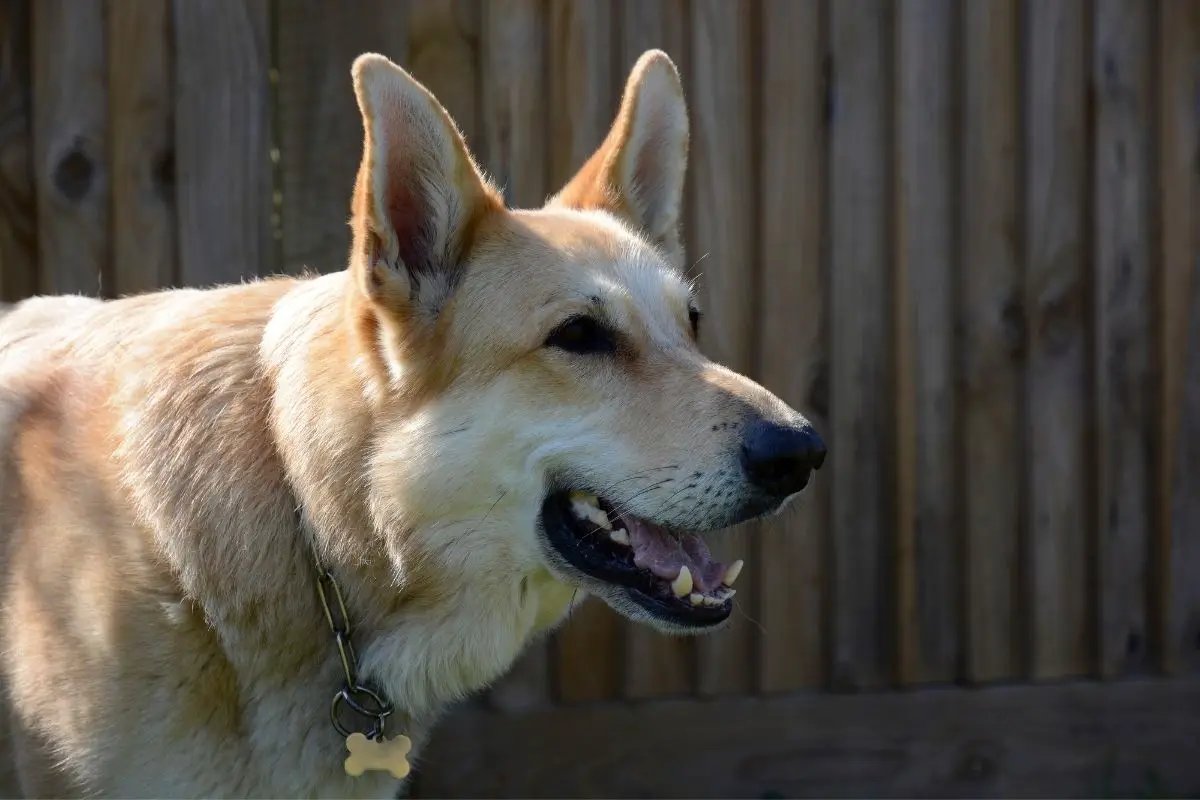
There are several factors in why animals become the way they are and when it comes to dogs, this rule is not an exception. Here’s a breakdown as to why their coats are the color that they are.
Genes
The genetics of any animal play a huge role in determining what their offspring looks like and acts like.
With dogs, there are two main pigments in their genetics which will determine their coat color. These are pheomelanin and eumelanin.
Pheomelanin is the pigment that is usually responsible for the reddish color in dog’s coats. Sometimes, you’ll see a dog with what looks to be a light red, and you might even mistake that for an injury.
When it comes to lighter coated dogs, their light color is determined largely by this pigment, so you can thank it for blonde dogs!
Although there are also external circumstances which can affect this, or even enhance this effect.
These include the climate and the dog’s diet – after all, keeping a dog’s coat healthy is through a healthy diet!
Eumelanin is the opposite pigment. It determines the darker color like black in dogs’ coats. It’s also responsible for the color, at least in some part, of a dog’s nose leather and paw colors.
Depending on which breed of dog you have, you might notice differences. Take these dogs for example:
- Agouti German Shepherd
- Liver German Shepherd
- Sable German Shepherd
Each is unique in their own right when it comes to their coat colors, and you’ll notice key differences like having darker or lighter “tips” to their coat.
Illnesses
Aside from their genes, sometimes dogs can get illnesses which change their overall color. Imagine like humans, if we have jaundice for example, we go a yellower color – the same applies to our furry friends.
German shepherds have been known to carry hereditary illnesses and other conditions which can affect their skin color and general health.
Environment
We touched upon this earlier, but some other factors like their environment will play a role in their color.
You might notice if there is a change to their diet, climate or even their routine – it can impact their coat color over time.
Double Protection With Coats
These German shepherds typically have a double coat – this secondary layer is for protection.
Their first layer is often for warmth and having this second one allows them just that little more when they’re out in the cold.
This likely a genetic reason because when they were bred, they were designed to be herding sheep – which tends to occur late at night or early in the morning when the climate is much colder. They will have developed into their surroundings over time.
Speaking of their coats, they usually shed them very frequently, especially when they’re younger.
This will show their change in color very quickly when they are growing up. It starts as a soft coat, similar to that of a towel material and grows to a tough and robust coat.
Personality And Characteristics
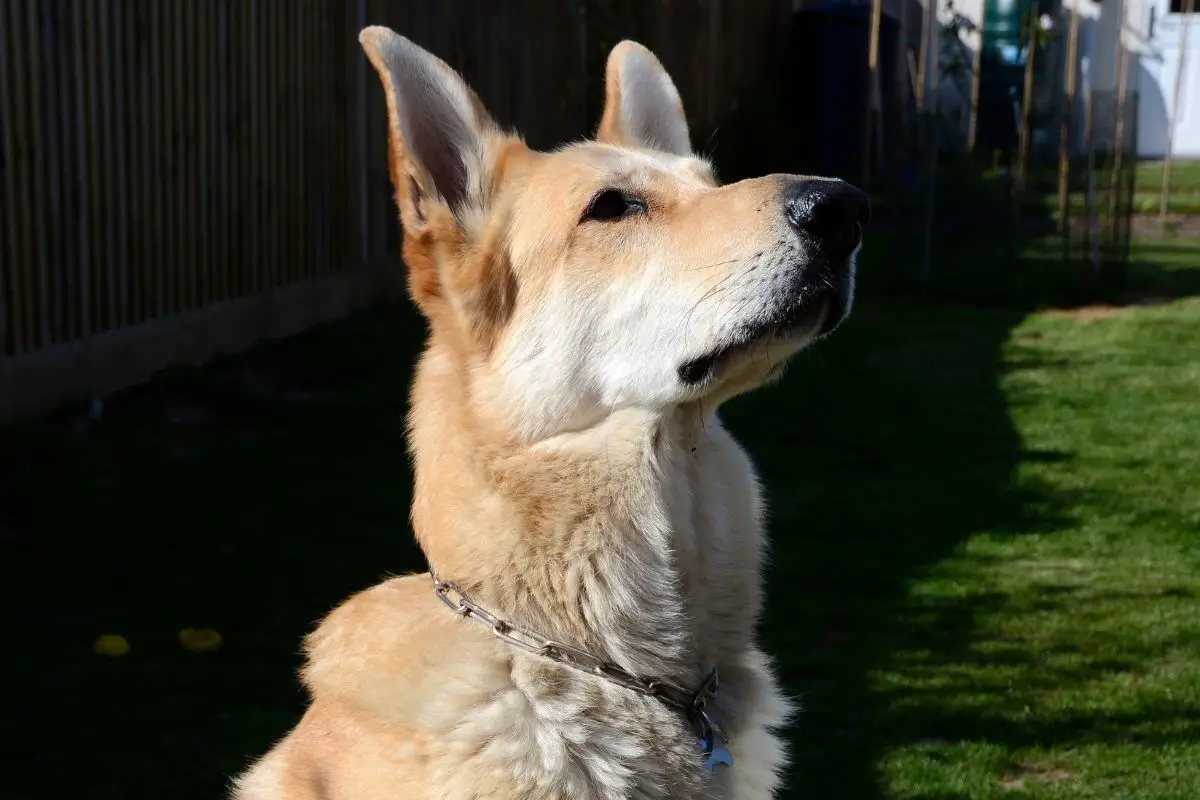
Although they are great at herding sheep, they’ve become man’s perfect little service dog too! German shepherds, regardless of their coat color, are amazing at being police dogs.
This is because they have an incredible sense of smell and can detect people who are lost, they can detect drugs or other items, and they have been known to act as cadaver dogs too, finding bodies and helping solve mysteries.
Although they can be placid, they’re very highly energetic and always want to be moving when it’s time to play.
Having said that, they do act like watchdogs for their humans too – watching the place in silence with one eye open, whilst getting some rest for themselves too… of course!
If you’ve ever seen a police dog on the TV, you’ll know how vocal these dogs can be. Their bark can be very loud and aggressive, and this can be scary to some people – especially children.
The blonde German shepherd though is slightly more likely to be prone to separation anxiety. It’s unclear why, but it is likely to do with their lineage and genetics (although most German shepherd’s will feel this too).
Who Would The Blonde Alsatian Be Perfect For?
Due to their personality and their psychology, anyone hoping to own one of these magnificent pups needs to be at home for the majority of the time.
They do not do well alone, so if you are planning to work away a lot – ensure that another shepherd is in the house, or another human.
They are very loving and will give as good as they get. Unfortunately though, this also works the other way for them.
They can bite, although they’re not initially aggressive – if this happens, they can cause serious injury.
The best home for them is with another dog and a retired person who can give them frequent walks and be together for most of the day.
The Final Thoughts
These dogs are beautiful and rare and have to be treated with huge respect and love. We hope our guide has been of use to you!
